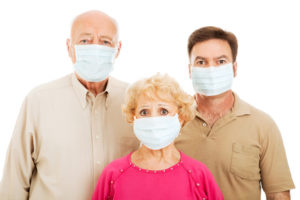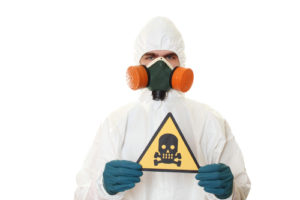Five Things the EPA Wants You To Know About Mold – Part Two

What to Know About Mold Spore Clouds
Mold may be a natural part of our environment, but indoor infestations are nothing to be taken lightly. Our NYC mold removal experts want to help you stay informed. Here is the second installment of things you should know about mold according to the Environmental Protection Agency (EPA).
Five More Facts About Interior Mold
1. When moisture is present, it doesn’t take long for mold to establish a colony. Clean and dry any damp surfaces, materials or furnishings immediately. The optimum window is within 24-48 hours to prevent mold spores from getting a foothold.
2. If you find mold on hard surfaces, remove with detergent and water and dry thoroughly. Ceiling tiles and other porous or absorbent materials may need to be completely replaced.
3. Add insulation to windows, pipes, roofs, exterior walls and any other places where condensation is likely to form.
4. Carpeting plus dampness is a sure-fire formula for mold development. Avoid carpeting in areas where moisture is often present, such as around sinks or on concrete floors with frequent condensation.
5. Don’t assume any surface is mold-proof. As long as moisture is available, mold can grow on food, wood, paper, carpet and a number of other materials.
MoldExterm: Safe, Non-Invasive NYC Mold Removal
Our proprietary MoldExterm program is eco-friendly, non-invasive and helps prevent mold from returning. Treatment can usually be completed in just one day. Contact Stern Mold to schedule a free inspection and learn more about our NYC mold removal services.




